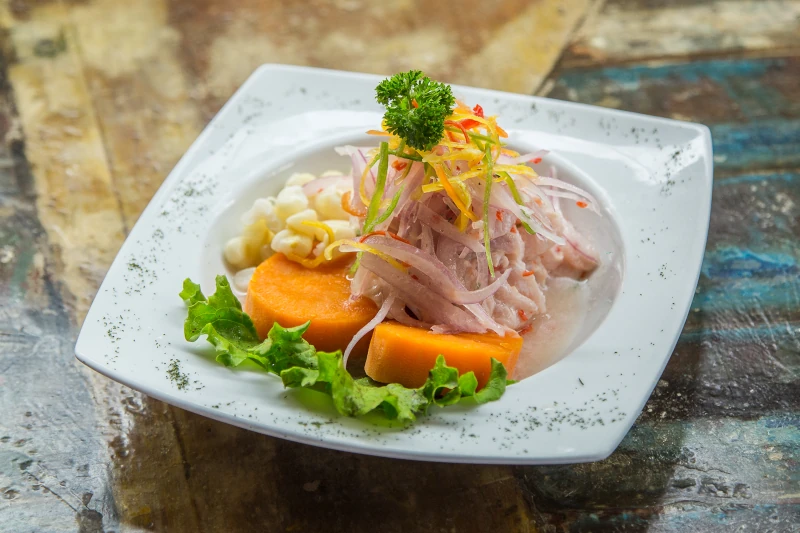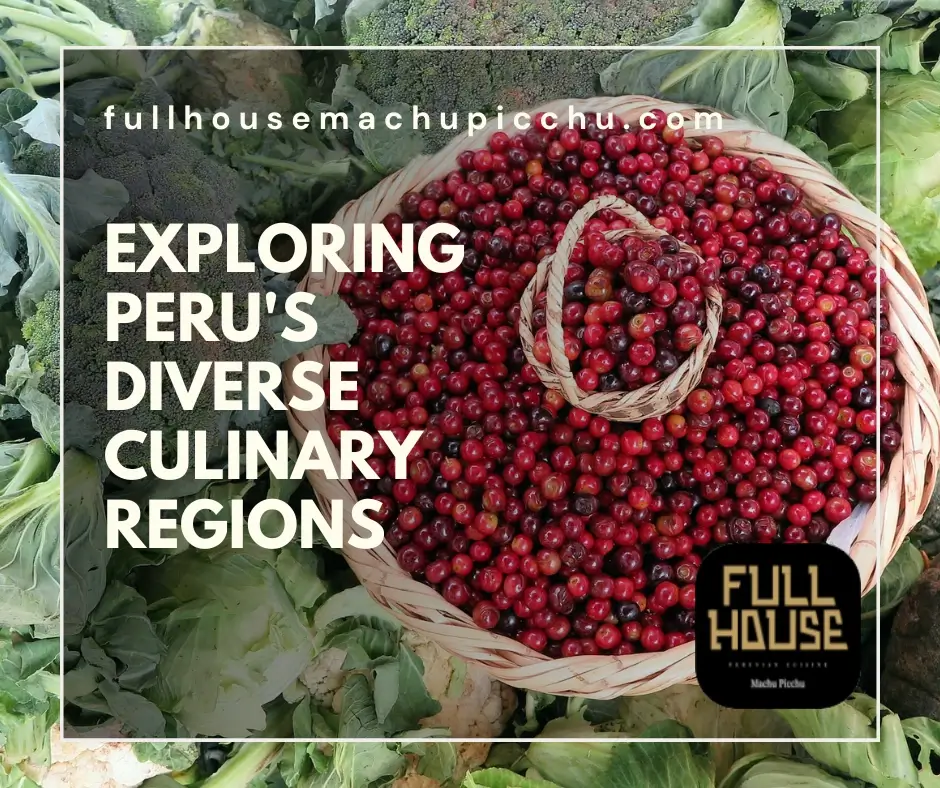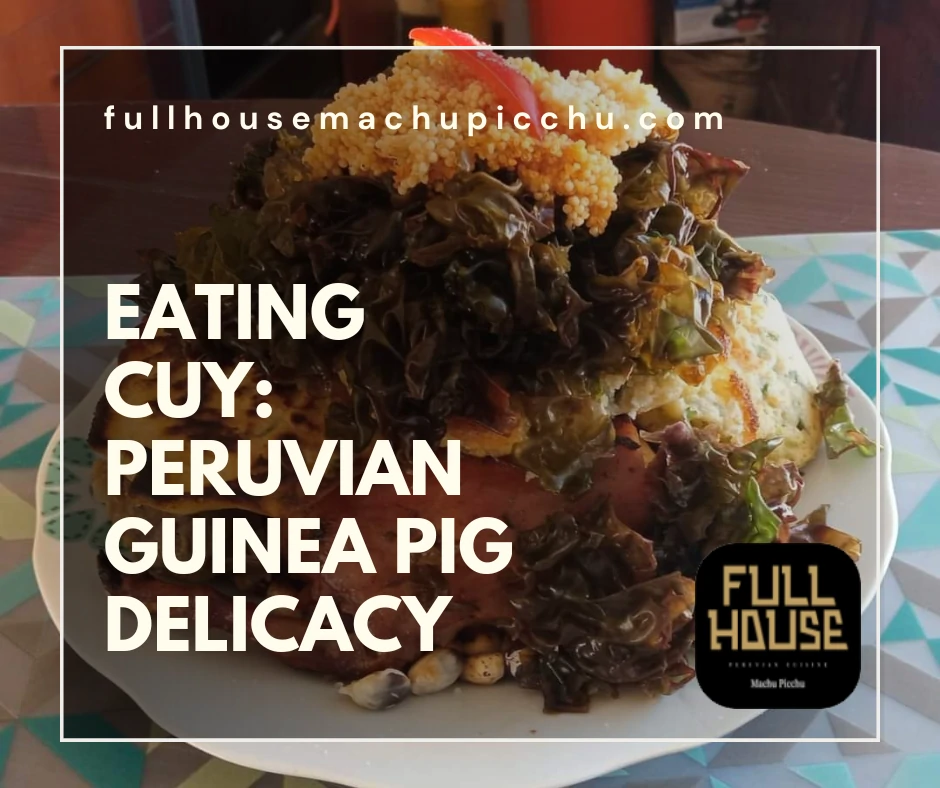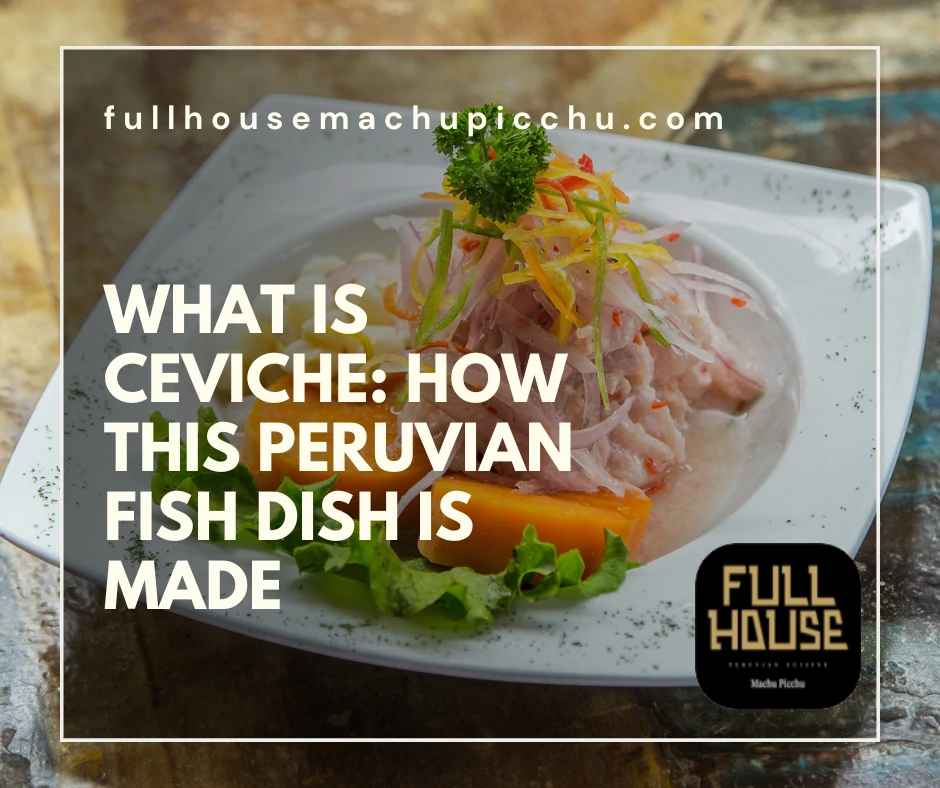In a world where taste buds yearn for culinary adventure and hearts long to travel, there is one country that splendidly embodies this fusion: Peru. Nestled on the western edge of South America, Peru offers a gastronomic experience as diverse as its remarkable geography. In this article, we will embark to Peru’s diverse culinary regions, unveiling the rich tapestry of flavors that has woven the Peruvian culture and identity over centuries.
From the towering heights of the Andes, known for their nutritious grains and hearty stews, to the bountiful coastline, the cradle of Peru’s acclaimed seafood cuisine, this expedition will take you across the country’s three primary culinary regions, each carrying its distinct tastes and food practices. Whether you’re a seasoned food connoisseur or a passionate traveler seeking an immersive cultural experience, this exploration into Peru’s gastronomic wonderland is bound to enchant and satiate.
Heightened flavors: A gastronomic journey through the Andes
High in the Andes, a gastronomic adventure awaits. Here, the cuisine is defined by its unique blend of indigenous roots and high-altitude bounty. Ancient staples such as quinoa are revered. They’re not merely food, but symbols of resilience against challenging growing conditions.
The use of quinoa is versatile. From soups to stews, or a humble accompaniment, its role is far-reaching. However, its role isn’t singular in Andean gastronomy. Potatoes, numbering in the thousands of varieties, join the fray, contributing another dimension to this culinary tale.
Such dishes are filled with heartiness and flavor, often simmered for hours. They fortify against the chill of the mountain air. Stews, soups, and grilled meats are common fare, their flavors a testament to the region’s culinary prowess.
Among these, “cuy” or guinea pig stands out. This traditional dish, often roasted whole, may surprise some. Yet, for the Andean people, it’s a cherished part of their culinary heritage, an echo of Inca traditions.
The Andean culinary scene extends beyond quinoa and cuy. There’s “choclo,” the giant-kernelled corn, and “chuño,” freeze-dried potatoes. Then there’s “llama,” lean meat that’s often found gracing Andean plates.
Indeed, the Andes offer a symphony of tastes, each tune imbued with centuries of history. It’s a place where food tells a story, one that speaks of cultural perseverance and respect for nature. As you ascend into this high-altitude culinary realm, prepare to be enthralled by its unique flavors.
In the Andes, food is a journey. One that’s filled with tradition, innovation, and an appreciation for the land’s bounty. A place where the past and present unite on the plate, producing heightened flavors unlike anywhere else.
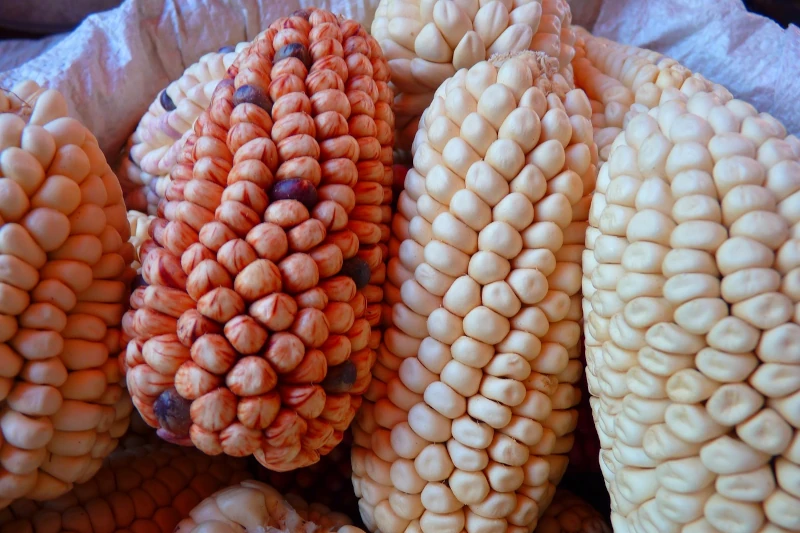
A taste of the Amazon: Unraveling the jungle’s culinary mysteries
Among Peru’s diverse culinary regions, the Amazon jungle holds some of the country’s most tantalizing secrets. Its cuisine reflects the vast biodiversity, with an array of exotic ingredients and preparations.
Wild fruits like camu camu and cocona burst with tropical flavors, adding a unique touch to dishes and drinks. Fish is another cornerstone of Amazonian cuisine, caught fresh from the region’s numerous rivers. Species like paiche and piranha provide the basis for many dishes, their flavors enhanced with native herbs and spices.
Traditional techniques passed down through generations form the backbone of Amazonian cooking. Smoked meats, grilled fish, and yuca, a root vegetable, feature prominently. Also, locals skillfully harness the power of various jungle plants in their cooking.
One such plant is bijao, used for wrapping foods for cooking. It imparts a subtle flavor, enhancing the overall taste. Ingredients like heart of palm, or “chonta”, add crunch and flavor to salads and side dishes.
It’s not just about the food in the Amazon. There’s also an array of unique beverages. Fresh fruit juices abound, and chicha, a fermented corn beer, quenches thirst in the jungle heat.
Amidst Peru’s diverse culinary regions, the Amazon holds a special place. Its cuisine is a testament to the people’s intimate understanding and respect for their natural environment. The flavors are as wild and varied as the region itself.
Indeed, a culinary exploration of the Amazon is like stepping into a world where nature and culture blend seamlessly. From the fruits of the forest to the bounty of the rivers, the Amazon offers a gastronomic journey unlike any other, right in the heart of Peru.
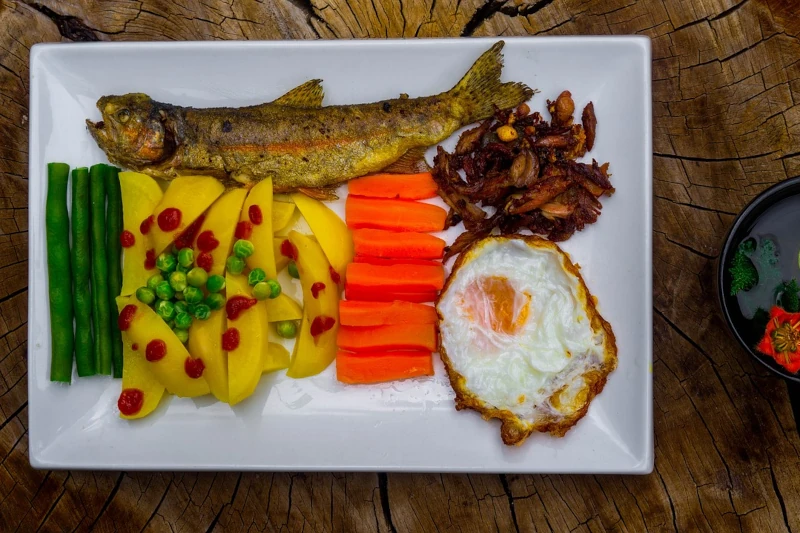
Seafood symphony: The coastal cuisine of Peru
Peru’s diverse culinary regions each have their distinct charm, but the coast holds a special allure. With the Pacific Ocean at its doorstep, it offers a tantalizing seafood symphony. Its cuisine is a testament to the fresh, vibrant flavors of the sea.
At the forefront is Peru’s iconic dish: ceviche. Fresh fish, marinated in citrus juice, with a hint of chili and cilantro. The result is an explosion of flavors, as refreshing as it is satisfying.
But ceviche is just the start. The coastal cuisine explores the ocean’s bounty in a myriad of ways. From “jalea,” a delicious fried seafood mix, to “arroz con mariscos,” a flavorful seafood rice dish. Each offering provides a new taste experience.
Seafood is paired skillfully with local produce. Corn, sweet potatoes, and a variety of chilies complement the flavors of the sea. This results in a harmonious blend, a true representation of the coast’s rich resources.
Of course, no coastal feast would be complete without a Pisco Sour. Peru’s flagship cocktail, it’s a delightful blend of Pisco, lime juice, sugar, egg whites, and Angostura bitters. It’s a perfect accompaniment to the vibrant seafood fare.
Peru’s diverse culinary regions are indeed a feast for the senses. Yet, the coast holds a unique place in the country’s gastronomic narrative. Its cuisine dances to the rhythm of the sea, offering a symphony of seafood that is as delightful as it is diverse.
From ceviche to Pisco Sour, the coastal cuisine of Peru offers an unparalleled gastronomic journey. It’s an invitation to savor the flavors of the sea, amidst the backdrop of one of the most vibrant culinary landscapes in the world.
